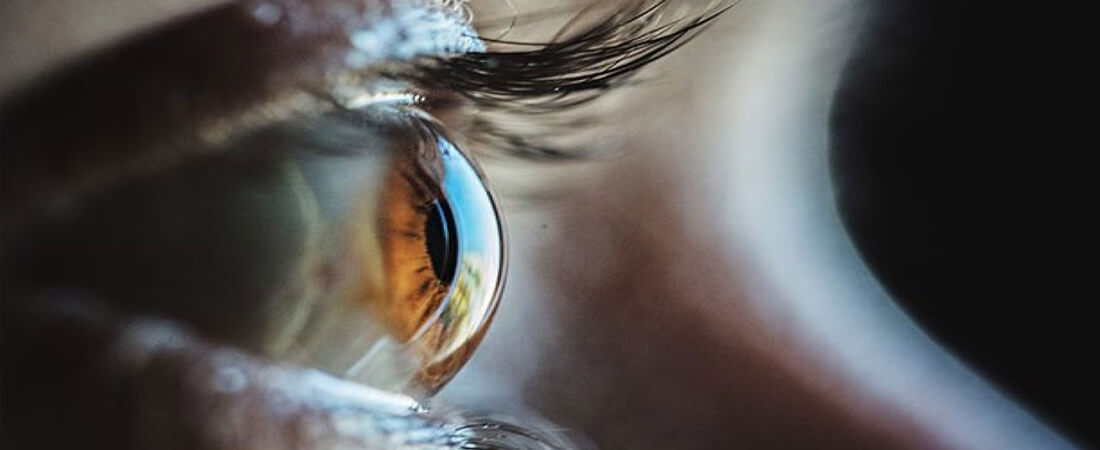Surgical treatment of exophthalmos
Graves orbitopathy (GO) is an exophthalmos or proptosis that can be classified as: fat-, muscle-, inflammatory-dominant, or more often, a combined type. Many variations in orbital decompression have been introduced to treat this condition. It is reported that the decrease in proptosis is associated with the number of walls removed, the number and size of holes made in the periorbita, and the type of preoperative proptosis. However, since many complex factors affect the amount of proptosis reduction, it is difficult to predict postoperative decompression outcomes.
To date, orbital thyroid surgeons have developed their own surgical procedures to best ensure a favorable outcome. There is currently no universally accepted treatment or assessment method.
Upon repeat surgery, doctors can apply their own standardized intraoperative assessment methods. Posterior, medial, and orbital floor decompression is a traditional technique.
Using the results of preoperative CT analysis, decompressions of the bone walls of the orbit are performed in cases with predominantly enlarged orbitals, with minimal or no fat proliferation, and with a minimum amount of fat removal (less than 1 ml).
In cases with significantly enlarged adipose tissues, deep and posterior intracranial adipose tissues are removed with extreme caution through transcanthophoric and caruncular swinging approaches.
We cannot fully predict preoperatively the required amount of fat removal or the number and size of bone removal to sufficiently eliminate proptosis based on CT alone and the degree of exophthalmos, since the characteristics of GO orbital tissues are largely heterogeneous compared to purely fibrous tissue.
The effect of decompression may be much weaker in patients with large fibrosis of the orbital tissues, which cannot be predicted before surgery. Therefore, by intraoperative assessment of proptosis reduction, we consistently performed decompression of the orbital bone walls. Reduction of proptosis by fat removal ranges from 1.8 to 4.4 mm, which is comparable to bone decompression.
To reduce the frequency of postoperative diplopia, several surgical methods are used, including decompression: balanced orbital, deep lateral wall, fat removal. However, there is no surgical standard as of today. Induced diplopia after orbital decompression is present in 64% of patients. Fat decompression may take longer than bone decompression due to the time spent stopping bleeding and minimizing damage to structures around the muscles.
Nevertheless, fat decompression has many advantages over other types, including preservation of the orbital walls and, consequently, a lower incidence of surgically induced diplopia.
Since fat decompression is not associated with bone removal, the likelihood of side effects such as hypoesthesia of the infraorbital nerve, cerebrospinal fluid leakage and diplopia are at least theoretically minimized.
From about 1 to 3 months, patients may complain of diplopia, which may be associated with temporary hypoglobus caused by massive removal of the lower half of the orbital fatty tissues and bleeding, swelling around the muscles. Nevertheless, a noticeable decrease in diplopia and eye mobility occurs within six months.



